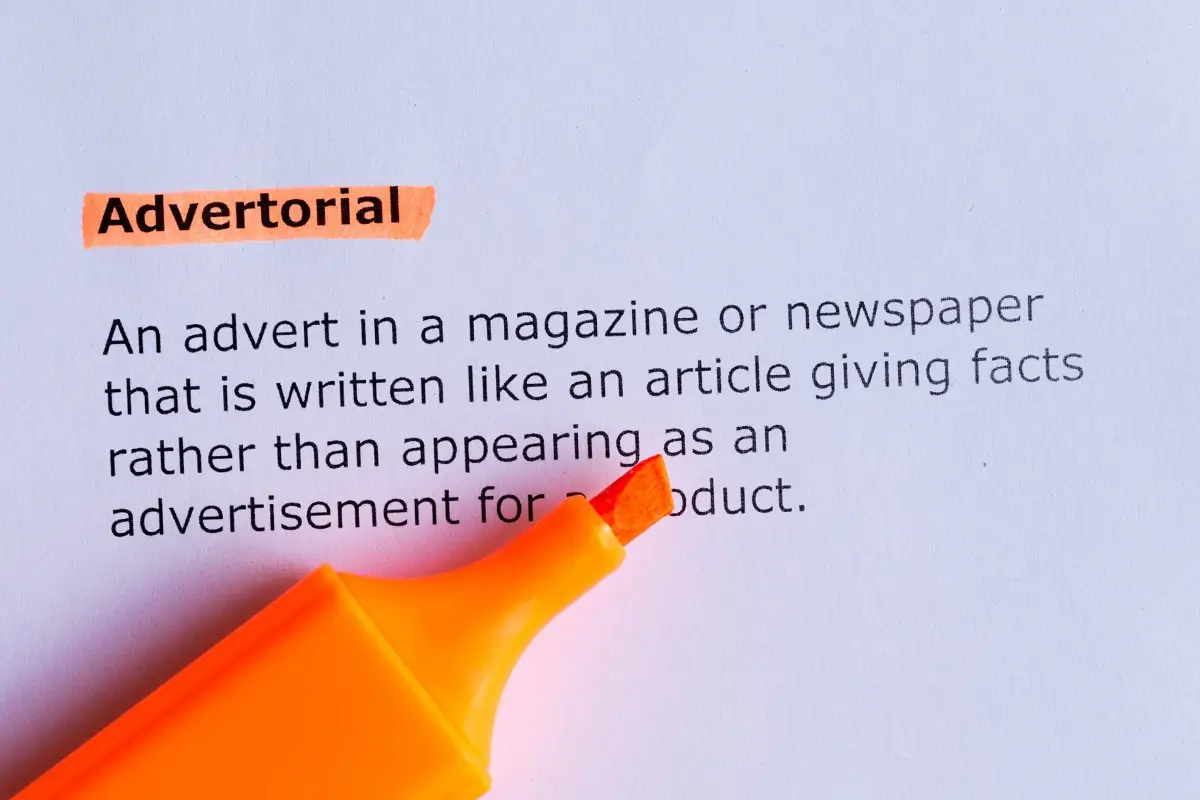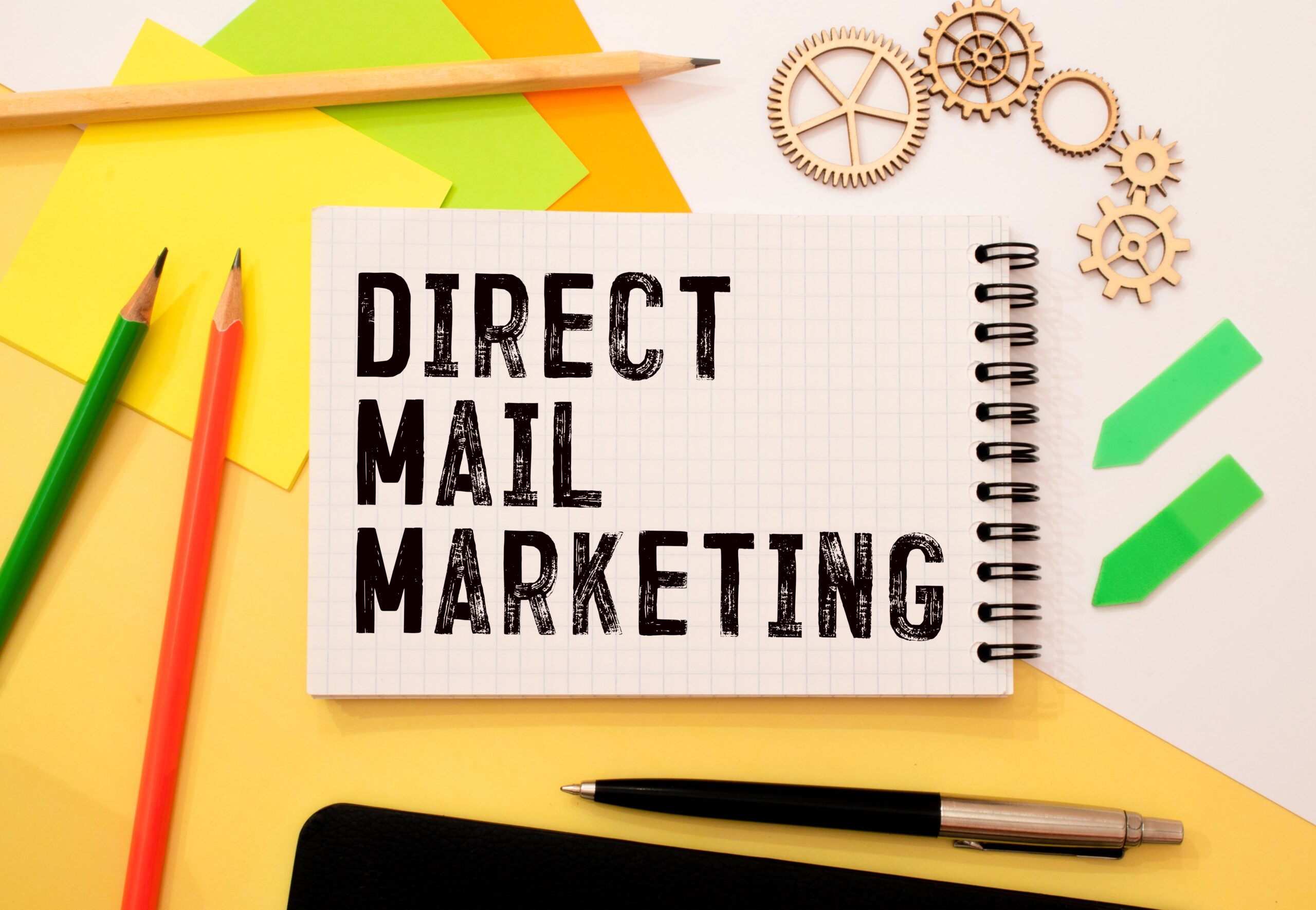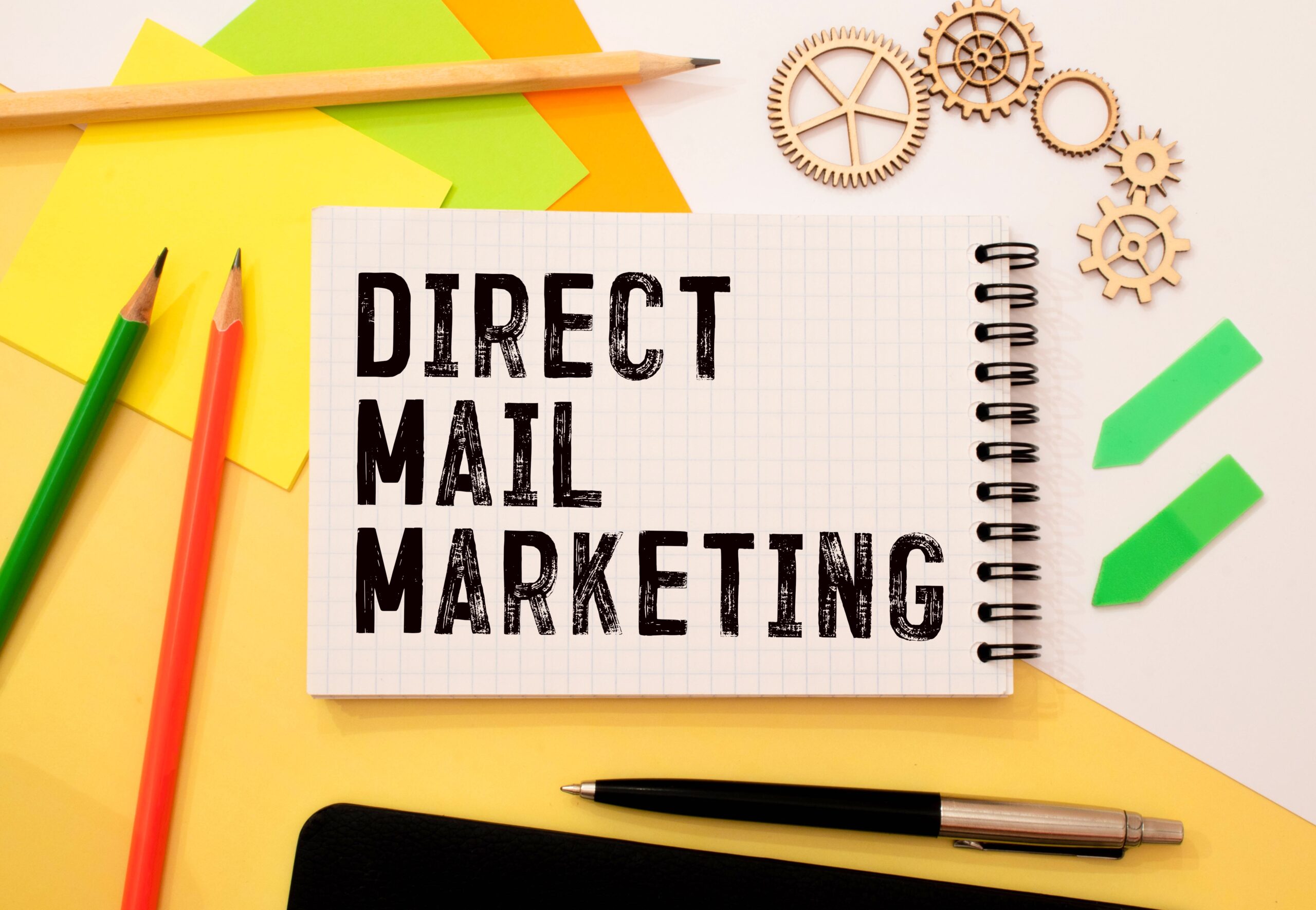
Considering the amount of work that goes into writing sponsored posts, wouldn’t you expect tech leaders to produce content that sticks in readers’ minds? Something that people actually want to read?
It’s no secret that many people aren’t energized to read an editorial ad. Readers, and especially readers who are well informed – like enterprise software buyers – know that they’re being fed a sales pitch wrapped in a commentary.
They know they’re being conned.
And yet, despite the skepticism, lots of people continue to consume sponsored posts posing as editorial content – either out of curiosity or because they like the trade publication. Some readers are determined to find the hidden nugget of useful information buried beneath the promotional fluff. Others trust the source of the advertorial or are interested in the product or service being promoted.
Plus, there are plenty of advertorial examples that break through the noise and genuinely engage readers with valuable insights.
Great sponsored posts rely on informative storytelling
So, what is an advertorial? It’s a fusion of marketing and journalism. A sponsored post, or an editorial ad, isn’t your everyday ad shouting from the rooftops. It runs opposite to the familiar refrain of “Introducing the all-new SuperGizmo 5000! Buy now for the best price ever! Hurry, limited time offer! Unbeatable features, unparalleled performance—don’t miss out!” This brings us to the advertorial definition: a subtle ad crafted to blend seamlessly into editorial content. It relies on informative and, if done well, literary storytelling rather than blatant promotional pitches.
An effective advertorial is slyly persuasive – it weaves a narrative so irresistible that readers forget it’s selling them something. A good advertorial example is less about pushing products and more about engaging intellect with substance. It doesn’t feel like marketing. The goal is to nudge readers subtly towards greater brand awareness or purchase decisions.
As a general rule, writers of sponsored posts should aim for about 70% informative content and 30% promotional material. This ratio leans more towards informative content when aiming for awareness, and towards promotional content when focusing on generating leads and sales. Regardless of this ratio, a nuanced, artful approach unique to advertorials can foster a deeper connection with prospects that traditional ads often struggle to achieve.
Tech leaders must elevate editorial content in advertising
Advertorials are a great vehicle for promotion and they surpass traditional ads in terms of engagement, message retention and consideration. According to The Native Advertising Institute, Reader’s Digest ran an experiment in which it created a traditional ad and an advertorial for the same product – the advertorial ended up selling 81% more products than the one written as a traditional advertisement. The experiment showed that readers were 500 times more likely to read an editorial ad than a conventional one. While this seems like a bit of a hyperbole, it aligns with the time-honored notion that people are drawn to editorial content rather than ads. After all, where the eyes wander, the cash thunder.
Those who choose to engage with sponsored posts enter into an unspoken agreement with the creators of the editorial ad. The readers expect valuable information in exchange for their time and attention; the creators aim to promote their service offering without overtly disrupting the reader’s experience. In most cases, however, both sides get less than they bargained for: readers don’t obtain genuine value because advertorials tend to be thin on authenticity, while creators miss the opportunity for more effective promotion.
This happens because too many sponsored posts carry the façade of sincerity. When high profile people such as tech leaders write something, it’s tacitly understood that the editorial content will be self-serving. There’s usually too much filler and not enough depth. I can back up my point with plenty of evidence – a single Google search would generate a number of stories drowning in dead metaphors and self-aggrandizing. But that wouldn’t be professional. In absence of concrete advertorial examples, let me illustrate what I mean.

When things go well, sponsored posts shine with positivity
If things are going well, the storyline in most advertorials can be boiled down to something like this: “The ingenuity of our remarkable teams and amazing leadership has taken our company on a journey towards unprecedented success and propelled us to new heights.”
This cookie-cutter advertorial example, dripping with corporate gloss, sets the stage for the same tired narrative highlighting supposed “key achievements” and “breakthrough” products or services. The authors may delve into the brand’s journey, from its humble beginnings to its self-proclaimed status as an industry leader. Cue the obligatory moments of resilience, determination and triumph, all served with a side of “the company’s unwavering commitment to excellence.” It’s like reading from the same AI-generated script with different company names plastered on the cover.
Some sponsored posts go so far with the positive updates they mask the true reality of a company’s situation. But consuming an unrelenting stream of upbeat news sparks skepticism. Why? Because it simply doesn’t connect with the gritty truth of real-life. The end result of this approach are jaded and grumpy readers.
When chips are down sponsored posts play the blame game
If things aren’t going well, authors tend to attribute bad results on external factors such as the economic downturn, government policies and market fluctuations. They deflect responsibility away from internal shortcomings and strategic missteps. It’s all part of the frequent tendency of tech firms to pin glitches on unforeseen circumstances or skim over them without proper context.
Solely pointing fingers outward signals that companies have failed to harness internal growth opportunities and adapt their strategy. However scary, tech leaders should confront internal shortcomings and address tactical stumbles in their sponsored posts. When they achieve the balance between external factors and internal challenges, they show transparency and willingness to own up to their mistakes. This is paramount to building trust with the audience. What’s more, recognizing internal issues makes room for growth, improvement and strategic adjustment. It helps cultivate a more resilient and adaptable brand image.
Although there is some variation between these extremes, many sponsored posts are based on these two formulaic structures. The tone and voice used in most pieces are so similar that they feel like clones. In a nutshell, they’re shackled to tired templates and lack a distinctive style. To put it more informally, they’re totally blah.
Tech leaders lack time to write editorial content
It’s not easy for c-suite professionals to carve out time and write sponsored posts for a trade publication. They have to peel themselves away from strategic planning and other growth-driving initiatives. Or shelve collaboration with teams to conceptualize new products that better meet customer needs. There’s always something seemingly more pressing to attend to.
According to a Harvard Business Review study, CEOs are always on, and there’s always more to be done. The leaders who participated in the study worked 9.7 hours per weekday, on average. They conducted business on 79% of weekend days, putting in an average of 3.9 hours daily, and on 70% of vacation days, averaging 2.4 hours daily. Not only is the job of a corporate leader relentless, but writing a story that builds brand awareness, establishes credibility and generates leads in a way that sounds organic isn’t something that comes naturally to many tech executives (unless they have a marketing background and most of them don’t).
mmmmPlus, the process is multilayered which can be overwhelming. Writing sponsored posts is more complex than pulling up a chair to collect one’s thoughts and start throwing words on the page. Before writing any editorial content such as newsletter or a blog, tech executives, like any other writers, need to research the target audience, trade publication guidelines and decide if the story’s focus aligns with readers’ interests. It’s not a straightforward task with a guaranteed outcome which can impede its start and eventual delivery.

Writing sponsored posts that stick: 3 rules for tech leaders
Once tech leaders start drafting their advertorial, they must gather lots of crude data, insights and anecdotes before sculpting these ingredients into a piece of writing that lures readers. In successful sponsored posts, writers curate every word in order to strike the balance between promotional messaging and editorial content that holds readers’ attention. In my mind, there are three overarching rules that tech leaders must follow in order to avoid writing sponsored posts that are easily forgotten:
Let go of the impulse to be liked
This is the hardest part of the writing process – abandoning the need to awe the audience – readers, employees, peers, former bosses, partners and, of course, competitors. But wait, doesn’t this contradict the fundamental purpose of sales copy which is to dazzle people? The fact is, a sponsored post isn’t just any advertising format – it aims to inform on a deeper level, persuade subtly and evoke emotions. It’s not a hard sell. Sponsored posts serve as a gentle poke towards brand building, so they need to captivate readers without the aggressive pitch. This gives plenty of space for creativity that allows writers to foster engagement outside the conventional way of impressing readers.
The itch to impress others comes from our need for acceptance and validation. We’re all guilty of it to some extent. But following this urge won’t land you in the zone of crisp sales copy. It will irrefutably lead you to writing a line after line of politically mindful, overworked phrases that sacrifice depth and originality for fleeting approval. Good writing always has a bold streak in it.
Let me quote the American playwright and novelist, Thornton Wilder, who said it in even simpler terms: “If you write to impress it will always be bad, but if you write to express it will be good.” While tech leaders aren’t competing with playwrights and fiction writers when writing sponsored posts, they should borrow a page out of their book. It will serve them well. That said, don’t go out of your way to be disliked either.
Maneuver regulatory hurdles
Too many compliance hoops handcuff sponsored posts, drain the zest out of the person’s unique style and kill its vibe. This means that authors have to find loopholes and alternative phrasing to dodge legal issues and reputation damage. They have to be resourceful in order to sound exciting without making missteps that land them in hot water. All tech leaders know a number of juicy stories that would sound great in a story but which can’t be shared in a sponsored post, or anywhere publicly. Cultivating a distinctive voice while avoiding potential pitfalls that could lead to legal repercussions is pretty challenging. This is why hiring a good ghost writer is a great idea.
Share personal details
During a client meeting a few years ago, the company’s founder dropped a bombshell about the company’s first anniversary. “All two of us on payroll were celebrating. And we were in a car.” Why not use memorabilia like this in sponsored posts? I also came across a sponsored post written by a seasoned tech professional but have, unfortunately, lost track of it since. The story has lingered with me because the writer shared details of his early career pursuit of making it in the recording industry in the 1990s. It gave the story a compelling arc, and you could sense his youthful hunger to succeed, which drew you in further. Everyone can dig up similar cool moments from their lives — like closing your first big sale in a coffee shop or launching your website from your dorm room. They’re original, relatable and there’s an element of organic surprise that keeps people reading.
Unforgettable advertorial examples that sell
To illustrate the power of good storytelling in sponsored posts, consider the following advertorial examples:
- AI Laundromat by Scott Galloway, marketing professor and author. Why it works? Galloway blended raw, personal anecdotes with witty commentary and razor-sharp industry insights. His unapologetic tone grabs immediate attention and makes the sponsored post impossible to ignore.
- Don’t Fuck Up the Culture by Airbnb founder Brian Chesky. Why it works? In this advertorial example, Chesky took a no-filter internal letter and transformed it into a blueprint for startup success. His no-BS approach to culture building, backed by an anecdote from Peter Thiel, smacks you in the face and refuses to let go.
- How Compassion Builds Better Companies by LinkedIn’s former CEO Jeff Weiner. Why it works? Weiner managed to ditch the fluff (if not all the way) and dive straight into practical wisdom. He embraced a no-nonsense style that cuts through the noise with a mix of personal anecdotes and actionable advice.
- Teach Girls Bravery, Not Perfection by Reshma Saujan. Why it works? This sponsored post works because it takes a bold, personal leap—running for Congress—and transforms it into a call to arms for courage over perfection. It strikes a chord with anyone who’s ever felt stifled by suffocating norms, especially women who want to embrace risk.
From fluff to fire: Mastering the art of advertorials
Tech leaders need to drop sponsored posts that grab attention and add value. Not just feed the same old sales spiel disguised as insightful content. Top-notch sponsored posts achieve this by seamlessly intertwining informative storytelling with a stealthy sales edge. They hook readers with substance over flashy pitches.
Unfortunately, when tech leaders write in general. And sponsored posts in particular, it’s often self-serving, filled with fluff and little depth. They mask real issues with clichéd success stories and blame games, leaving readers cynical and hungry for authenticity. It’s also true that tech leaders struggle against relentless time pressures to craft compelling editorial content. Furthermore, many tech leaders might not be deeply familiar with the advertorial definition as it applies to trade publications. It leaves them asking: What is an advertorial? Unfortunately, this often means they miss out on fully leveraging the power of these potent marketing materials.
Writing demands tech leaders to blend raw data, strategic insights and personal anecdotes without resorting to superficial approval-seeking. They must navigate regulatory hurdles with creative finesse, sidestep bland conformity to stand out. They must also learn how to add impactful details that transform sponsored posts from empty talk to page-turners and burn themselves into memory.
What do you think? I’d love to hear your thoughts on the role of compelling advertorials in tech marketing. Share your insights in the comments below! And if you found this post useful, be sure to subscribe for more tips and strategies to elevate your tech marketing game!







